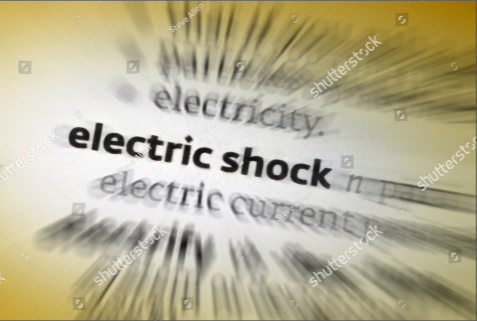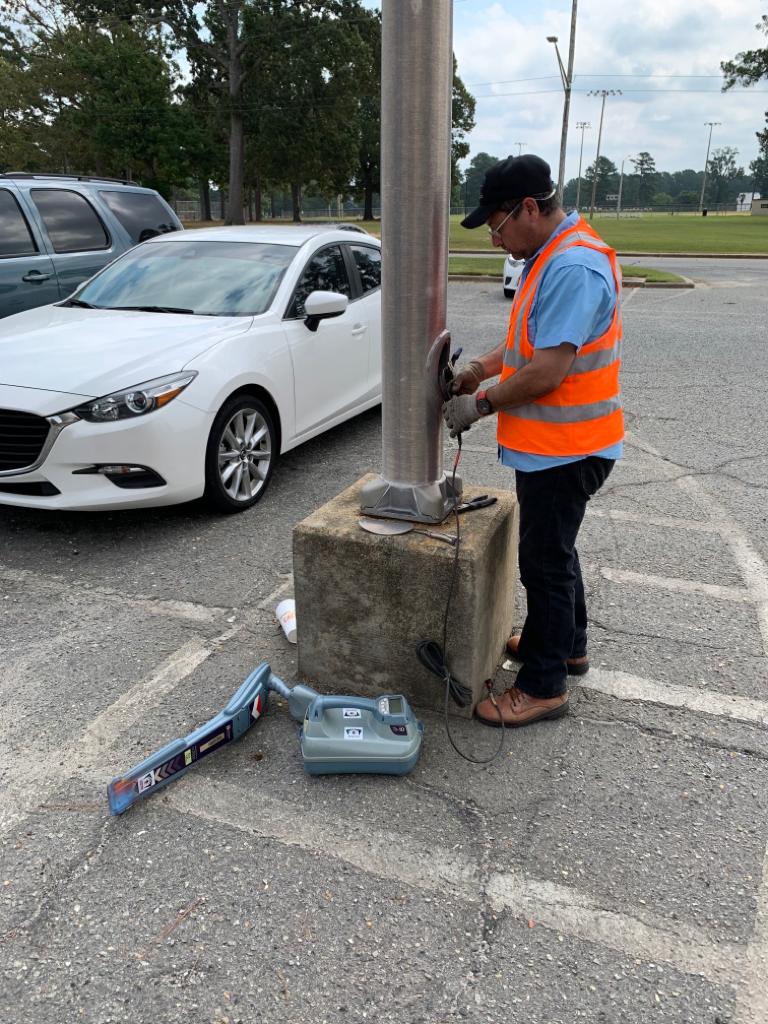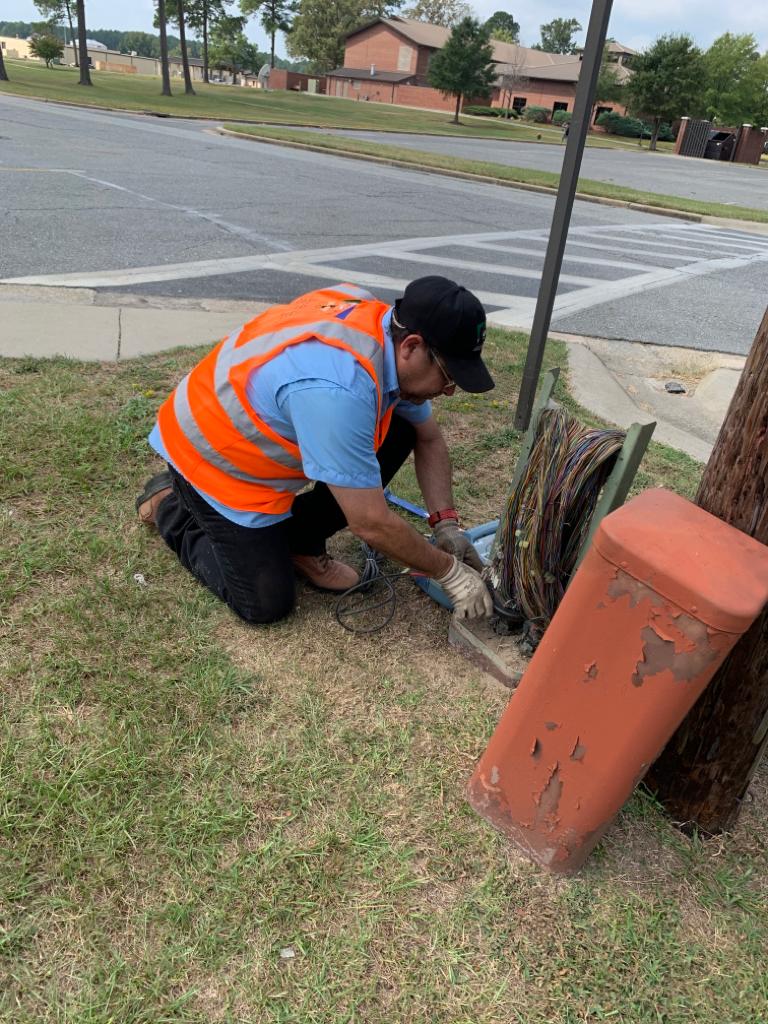Electric shock
Physiological Reaction
Electrical injury is a physiological reaction caused by electric current passing through the body. Electric shock occurs upon contact of a body part with any source of electricity that causes a sufficient magnitude of current to pass through the victim’s flesh, viscera or hair. Physical contact with energized wiring or devices is the most common cause of an electric shock. In cases of exposure to high voltages, such as on a power transmission tower, physical contact with energized wiring or objects may not be necessary to cause electric shock, as the voltage may be sufficient to “jump” the air gap between the electrical device and the victim.
RISKS AND CONSEQUENCES OF ELECTRICAL HAZARDS AT WORK
Jobs where there is contact with electricity have a very high level of occupational hazards. The severity of these accidents depends on several factors such as the intensity of the current or the resistance of the human body.
Work activities in which electricity poses a very significant risk to health and physical integrity are subject to very strict safety measures. Workers must be aware of the risks and dangers to which they are exposed, as well as the preventive measures and occupational safety recommendations they must apply in order to minimise the risks.
In these jobs, the danger of losing one’s life through the effects of electricity is present. These are some of the consequences that workers in this sector may suffer.

Deadly dangers
–Death from ventricular fibrillation. This is one of the main causes of electrical contact deaths. The passage of the current through the heart is fulminating and kills the lives of the victims in the vast majority of cases.
–Death by asphyxiation. It occurs when electricity passes through the chest and interrupts the breathing of those affected.
–Muscle tetanization. It is produced when the passage of the current through the human body causes strong muscular contractions and stiffness.
-Burns. One of the most common consequences are burns caused by electric shocks, there can be mild cases and other very serious ones in which the sequels can also cause death.
Factors
The degree of damage to workers’; health depends on several factors related to the characteristics of the electric current that causes these mishaps or accidents.
Current intensity is the main factor that will determine the severity of the electric shock. An intensity of 15mA can cause death in 2 minutes and one of 100mA in only 30 seconds approximately, since these values depend on several aspects.
Time of death
– 15mA 2 minutes
– 20mA 60 seconds
– 30mA 35 seconds
– 100mA 3 seconds
–Duration of contact. If the victim cannot be detached from the current point the duration will be longer and the consequences much worse. If the contact time is reduced to a minimum, the damage will be much less.
–Frequency. The higher the frequency of the electric current, the less risk there is. Currents above 100,000 Hz do not usually cause serious damage.
–Resistance of the human body. Each body can resist more or less electricity, depending on the resistance of each worker will vary the sequels of discharges although the vulnerability of the human body is very similar for everyone. The average voltage the body can withstand is around 1,000 volts.
–Current travel. If the electric current passes through the main organs, the chances of survival are very low, whereas if it passes through the extremities without affecting the vital areas of the body, the damage will be less.



